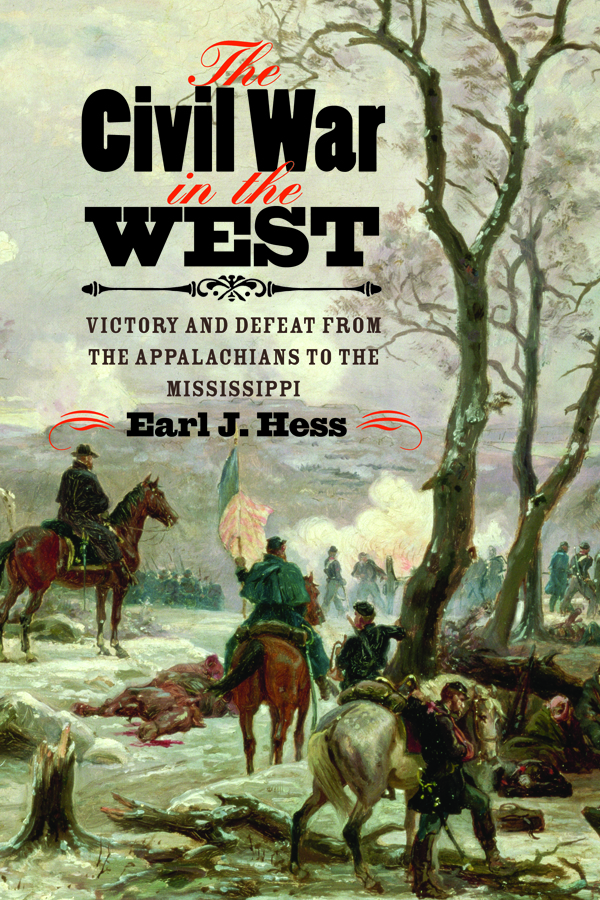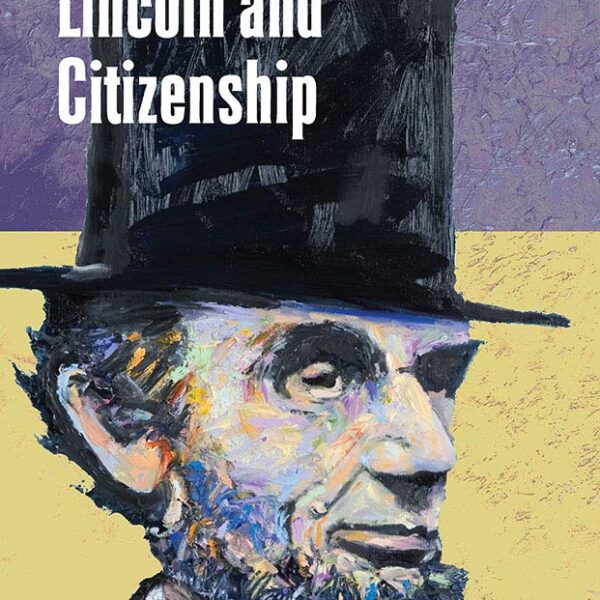The Civil War West is quickly becoming all the rage, emerging as the theme of conferences, the focus of panels dedicated to new directions in the field, and even appearing as epilogues in books on Reconstruction—urging historians to expand their purview beyond the traditional boundaries marked by the Mason-Dixon line. The publication of Earl J. Hess’s The Civil War in the West: Victory and Defeat from the Appalachians to the Mississippi contributes to this growing historiography with a comprehensive analysis of the Union army’s campaign in the Western theater.
Hess emphasizes the centrality of the West as the primary reason for Union victory during the war. He follows the Union army as they broke down neutrality in Kentucky and then traversed further south to occupy the Mississippi River, the Gulf Coast, and the Appalachian Highlands. According to Hess, the capture of the Mississippi River became strategically important to Union forces as it enabled them to penetrate and weaken various points of the Confederacy, shattering Jefferson Davis’s hope of protecting one of its major regions.
While Hess acknowledges that the Federals defeated the Confederacy in the majority of the battles in the West, he emphasizes how the North more effectively mobilized their manpower, equipment, and supplies than the South. This serves as a central feature of the book, and part of his main argument in explaining Union victory. Hess shows how the Union had the ability to build armored river gunboats; they also made more effective use of the rail lines that linked Louisville with Nashville and Chattanooga.
Even as The Civil War in the West narrates the story of the war mainly as a military history, at various important junctures Hess turns to social history to broaden his analysis. He tells of the spitting women in New Orleans and General Butler’s reaction, and he examines the experience of black refugees who fled to Union lines in New Orleans and Grand Junction, Tennessee. Incorporating these snapshots of social history are crucial; however, it would have been more telling if Hess, a seasoned historian, did more than just report on this but more elaborately explained if he saw these episodes as having a critical impact on the war’s outcome, beyond just the momentary blip in policy that these episodes sparked. Did the Union army’s occupation of enslaved people’s labor that led to further cotton production during the war tip the scale in the same way that building boats and managing railroad logistics did? Stephanie McCurry examines how Emancipation rattled the very foundation of the Confederacy and contributed to its demise in her award winning tome, Confederate Reckoning. Further, we know Emancipation helped the Union cause in a number of ways militaristically, but for a book dedicated to thinking about the centrality of resources, manpower, and technology in a region populated with the largest number of enslaved people, it seems that following the money and enslaved people’s labor production would have enriched this already excellent study.
Hess masterfully examined the primary material. The book is built on his impressive investigation of manuscript collections, correspondences, and other documents at a remarkable number of archives and repositories. He conducted research at University libraries in the North, state archives in the Midwest, and special collections throughout the South and even in California. The book is also clearly and cogently written, making it widely accessible to students and mainstream audience, not just to experts and specialists in the field. The Civil War in the West is truly a rich work of historical scholarship and academic analysis. As historians continue to probe the impact of the war farther into the West, Hess’s book will certainly be an important starting place.
Jim Downs is an Associate Professor of History at Connecticut College and the author of Sick From Freedom (2012).





